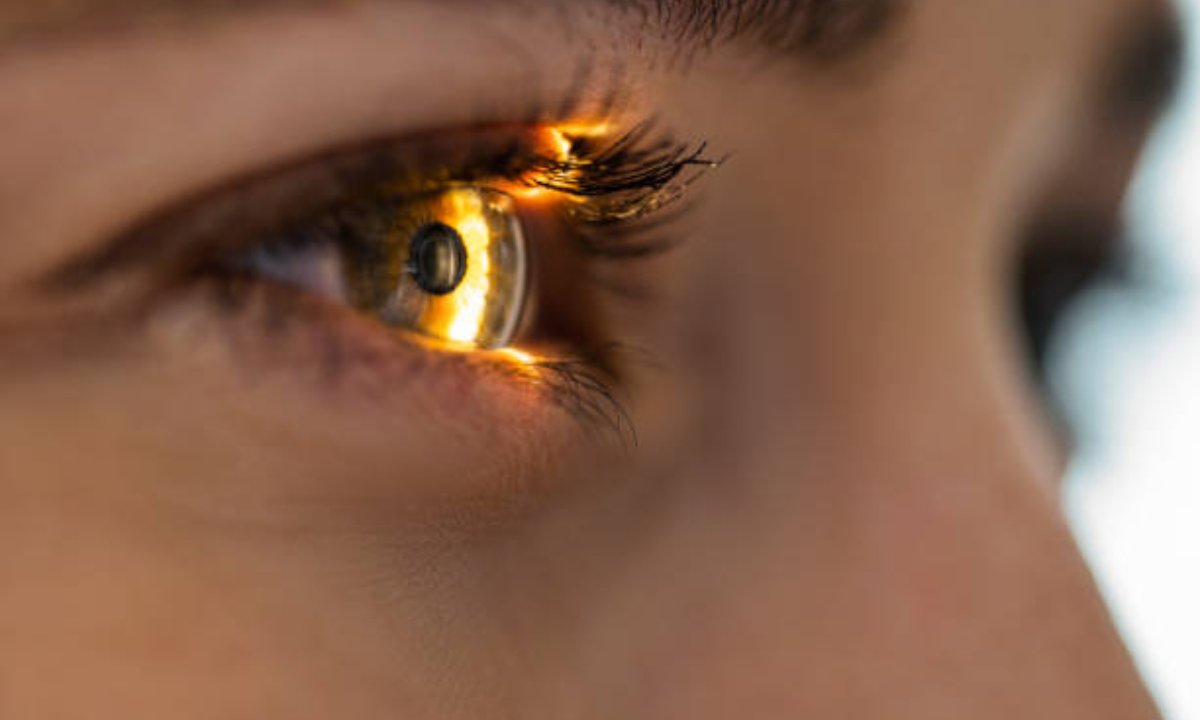Ophthalmic instruments are essential tools in eye care, used for everything from simple eye exams to complex surgical procedures. Optometrists, ophthalmologists, and other eye care specialists employ advanced technology to diagnose, treat, and manage various eye conditions. In India, where millions of individuals are concerned about their eye health, the use and understanding of these tools can dramatically enhance patient care and outcomes.
This detailed guide will cover the various types of ophthalmic instruments, their specialized roles in eye exams and procedures, and why they are essential in modern ophthalmology. Whether you are an eye care practitioner, a student, or simply interested in the subject, understanding these instruments and the advantages of working with a respected Ophthalmic Instruments Company can significantly improve your practice and patient care.
What are the ophthalmic instruments?
Eye care specialists primarily employ ophthalmic instruments to diagnose, monitor, and treat a wide range of eye ailments and visual impairments. These tools are required for a wide range of procedures, from routine eye exams to sophisticated surgeries. In India, where eye health is a top priority, sophisticated ophthalmic technologies are essential for accurate diagnosis and effective treatment in both clinical and surgical settings.
Ophthalmologists and optometrists use this equipment every day to deliver comprehensive eye care. Ophthalmologists, who specialize in eye surgery and advanced therapies, use sophisticated techniques including micro-surgical instruments to accomplish cataract removal, glaucoma therapy, and corneal transplants. Optometrists, on the other hand, use diagnostic equipment to examine eyes, prescribe corrective lenses, and treat common eye disorders. Partnering with a reputed Ophthalmic Instruments Company gives access to high-quality tools, which are critical to improving the precision and effectiveness of eye care services throughout India.
Different Types of Ophthalmic Instruments
Ophthalmic instruments are available in a wide range of styles, each designed to perform a specialized function in diagnosing and treating eye problems. These instruments are required for both routine eye checkups and more sophisticated surgical treatments. The following is a breakdown of the most often-used ophthalmic instruments.
Diagnostic Instruments
Slit Lamp: A microscope with a powerful light source for examining the cornea, lens, and retina.
Retinoscope: The retinoscope measures refractive errors by studying how light reflects off the retina.
Tonometer: Tonometers are used to monitor intraocular pressure (IOP), which is an important test for detecting glaucoma.
Ophthalmoscope: Examines the back of the eye, specifically the retina and optic nerve, for abnormalities.
Auto-Refractor: Measures refractive errors and assists in determining the appropriate lens prescription for vision correction.
Surgical instruments
Ophthalmic Micro-Surgical Knives: These are precision devices used to make corneal incisions during surgeries such as cataract removal. These include diamond and disposable steel blades.
Phacoemulsification Handpiece: Phacoemulsification during cataract surgery, the handpiece is used to break apart and remove clouded lenses.
Forceps and Scissors: Forceps and scissors are delicate tools used to move tissues and make precise incisions during surgery.
Speculum: The speculum keeps the eyelids open during surgical procedures.
Vitrectomy Machine: In retinal procedures, the vitreous gel is removed using a vitrectomy machine.
Ophthalmic Blades: Various blades, including crescent Knives, slit knives, and MVR Blades are used to make incisions in eye procedures.
Importance of Ophthalmic Instruments in Eye Care
Ophthalmic technology is critical in modern eye care, allowing for precise diagnosis, effective medication, and excellent surgical outcomes. Here’s why these tools are essential.
Precision in Diagnosis: Slit lights and ophthalmoscopes assist eye care experts in detecting disorders such as cataracts, glaucoma, and retinal diseases early. Early discovery allows for timely intervention, which improves patient outcomes and saves more vision impairment.
Advanced Surgical Techniques: Instruments such as ophthalmic micro-surgical knives and phacoemulsification devices enable ophthalmologists to execute procedures with extreme precision. These new instruments lead to fewer intrusive operations, faster recovery times, and a lower risk of problems, especially in complex surgeries such as cataract removal and corneal transplant.
Increased Efficiency: Automated technologies like auto-refractors and tonometers have transformed routine eye exams. These tools provide quick, dependable measurements, eliminating the need for subjective judgment and increasing the overall efficiency of eye care services.
In India, where disorders such as cataracts and diabetic retinopathy are common, ophthalmic devices are critical for providing high-quality care to a large population, ensuring millions of patients receive prompt and effective treatment.
Commonly Used Ophthalmic Instruments in Clinics and Hospitals
A variety of ophthalmic equipment are commonly used in Indian eye care clinics and hospitals to treat common eye diseases. The following are some of the most commonly used instruments:
Slit Lamp Biomicroscope: The slit lamp is a necessary tool in almost every ophthalmologist’s office, allowing a clear view of the eye’s anterior and posterior tissues.
Phacoemulsification equipment: Widely employed in cataract procedures, this equipment is critical in India, where cataracts are common. It helps to break down and remove the clouded lens with precision.
Autorefractor: The autorefractor is a typical instrument in most optometry clinics and is used to determine accurate eyeglasses or contact lens prescriptions.
Indirect Ophthalmoscope: This instrument is crucial for retinal exams, especially for diabetic individuals who are more likely to develop retinopathy, which is common in India.
Keratometer: The keratometer, which measures the curvature of the cornea, is widely used while fitting contact lenses or preparing for corneal surgery.
Ophthalmic Surgical Knives: Ophthalmic Surgical Knives, these precision knives, which include diamond and steel blades, are used to make precise incisions during eye surgeries such as cataract removal and corneal transplants.
Maintenance and Care Tips for Ophthalmic Instruments
Ophthalmic instruments must be well-maintained and cared for to last long, be precise, and perform ideally. In India, where eye care options range from city clinics to rural hospitals, regular maintenance of these products may help to avoid expensive repairs or replacements. Here are some suggestions to preserve your ophthalmic instruments:
Regular Cleaning: Slit lamps, ophthalmoscopes, and other regularly used diagnostic tools should be cleaned after each use to prevent contamination and ensure cleanliness.
Sterilization: Surgical tools, such as ophthalmic blades and MVR knives, must be adequately sanitized between treatments to avoid infection and protect patients.
Routine Calibration: Autorefractors and tonometers must be calibrated regularly to ensure diagnostic accuracy and dependability.
Proper Storage: Proper storage involves keeping the instruments clean and dry. To avoid damage and keep delicate equipment sharp, such as microsurgical instruments, store it in protected cases.
Professional Servicing: To prevent malfunctions and ensure smooth functioning, advanced instruments such as phacoemulsification and vitrectomy equipment should be serviced regularly by skilled experts.
Conclusion: The Role of Ophthalmic Instruments in Improving Eye Care
Ophthalmic tools are crucial to the advancement of modern eye care because they provide precision, durability, and innovative technology. In India, where eye diseases like cataracts and glaucoma are endemic, these technologies are critical in both diagnostic and surgical settings. Whether it’s a routine eye exam or a more serious procedure like cataract surgery, ophthalmic equipment improves the quality of care provided by eye care professionals.
Collaboration with a respected ophthalmic equipment company allows Indian ophthalmologists and optometrists to gain access to cutting-edge technology, hence improving patient outcomes and general eye health. Proper maintenance, careful use, and a thorough understanding of these devices will enable eye care clinicians to provide the best possible therapy, resulting in better vision health across the country.
Investing in high-quality ophthalmic instruments and adhering to proper care practices would enable Indian eye care professionals to provide more effective and efficient services, assuring the best outcomes for their patients and contributing to the country’s continued development of eye care.
Shah Eye Care, a leading ophthalmic instruments company in India specialized in manufacturing ophthalmic microsurgical knives. Offering top-notch products and customized solutions through contract manufacturing and private labeling.












